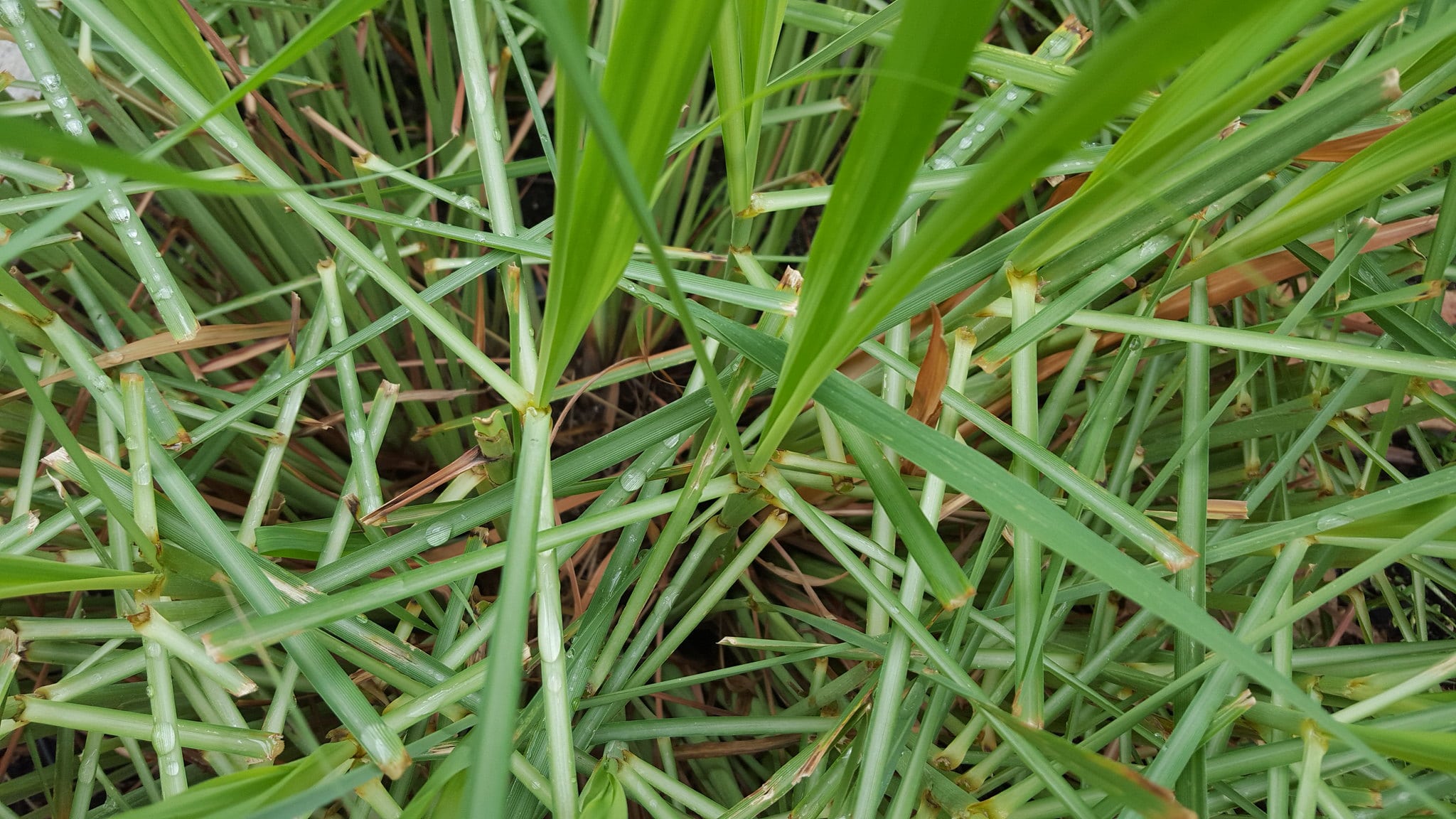You’ll be pleased that knowing how to grow lemongrass in a greenhouse is only composed of growing, maintenance, and harvesting. These three simple steps are easy to follow, and using a greenhouse even makes it less daunting for newbie gardeners. This is because lemongrass is best for zones 9 to 10, but you can use the greenhouse to adjust the internal conditions.
The hardiness of a plant and your planting zone is one thing that gardeners must know when growing in a greenhouse. Since lemongrass is native to countries like India, Sri Lanka, Burma, and Thailand, you have an idea that it won’t do well in regions with harsh winters. This is where the use of greenhouse works to your advantage either by using it for protection or whole growing duration.

Complete Guide On How To Grow Lemongrass In A Greenhouse
Growing
Knowing how to growing lemongrass in a greenhouse starts by identifying when and where this aromatic grass will thrive best. As mentioned previously, lemongrass is a tender tropical perennial, so you must cultivate it in an area in the greenhouse that receives full sun. This is why some gardeners who plant lemongrass outdoors eventually bring it in the greenhouse during winter or before the first frost in fall.
It’s ideal for planting lemongrass in spring, either in the ground or pots. You can also choose to grow it either from seeds or propagate it from cuttings. For the latter, select firm and green stems with a small amount of root at the base and then place them in a pot or hydro pod cuttings propagator before potting.
If you choose to start from seeds, you can use a seed tray and then keep it in a heated propagator until the seeds germinate in 40 days. Once you have the seedlings, space them 3 feet apart in the greenhouse in a fertile and well-draining loam soil. And what’s excellent with lemongrass is that it can be economical for up to 4 years.
Maintenance
The greenhouse is incredibly advantageous because you have full control over the internal conditions. With lemongrass, the optimal temperature for its growth is from 77to 86°F. However, 50 to 91.4°F is also acceptable.
As for the soil, always check the pH level as it should be between 5.0 and 8.4. For feeding, this grass would enjoy heavy nitrogen, especially in the growing season. Fertilize once a month and water them regularly.
Lemongrass is also high in essential oils that pests and diseases shouldn’t be a problem. More so, did you know that lemongrass even works great as a companion plant? Companion planting is a strategic way to plant crops alongside each other in the greenhouse.
Their benefits include deterring pests, improving each other’s flavors, and attracting beneficial insects.
Harvesting
How to know when to harvest lemongrass? You can check their bases and if they are around half an inch thick and if the stalks themselves are at least 12 inches tall. Cut the stem close to the root, or you can also pull the entire stalk.
It’s possible to harvest lemongrass year-round. You can then freeze or dry lemongrass if you need to store them for longer. Dried lemongrass can even stay fresh for up to one year.
Otherwise, you can use the fresh base or leaves for flavoring dishes or teas.
Health Benefits Of Lemongrass
Lemongrass or Cymbopogon citratus is not just a flavorful plant to grow. Considering how easy it is to cultivate in the greenhouse, the health benefits you can gain from it outnumber the effort you’ll exert. For example, you can inhale, consume, or topically use lemongrass for various health reasons.
This aromatic grass is antibacterial, anti-inflammatory, and antipyretic. It can also work as an antioxidant and improve the sugar and cholesterol levels in the body. Lemongrass oil’s direct application can also alleviate dandruff and rheumatoid arthritis.
How To Make Lemongrass Tea
Since you can harvest lemongrass year-round in a greenhouse, why not learn how to make fresh lemongrass tea that your body and tastebuds will love. This soothing tea can relieve anxiety, fight oxidative stress, promote a healthy digestive, urinary, and cardiovascular system, and aid in weight loss. The process of making tea is as simple as growing lemongrass in a greenhouse.
Cut your freshly harvested stalks and steep them with boiling water. Leave it for 5 minutes and strain the liquid from the stalks. This should leave you with a relaxing, citrusy tea that you can drink daily.
You can also add honey and ginger to improve the taste and add more health benefits to your lemongrass tea. Adding some ice cubes can also make this a thirst-quenching beverage on a hot day.
Conclusion
Wouldn’t it be nice always to have fresh lemongrass ready at home? This will be possible if you know how to grow lemongrass in a greenhouse. The greenhouse will make it easy for you to get this aromatic and healthy tropical perennial, regardless of location.
The steps are growing, maintenance, and harvesting. The beauty of planting lemongrass in the greenhouse is that it is straightforward and beginner-friendly. The plant itself doesn’t have an extensive list of requirements, and the greenhouse will ensure the optimal needs are met.
